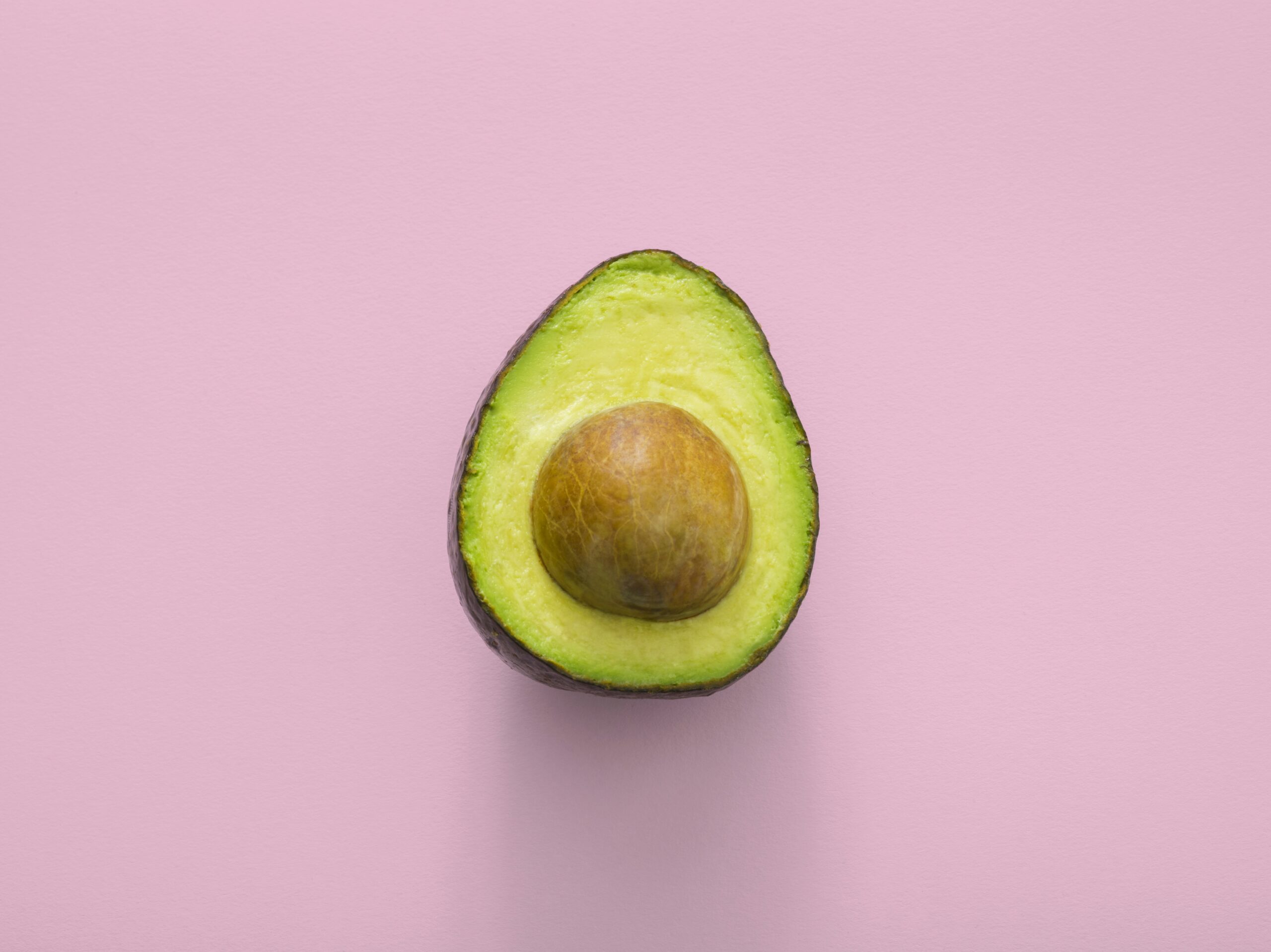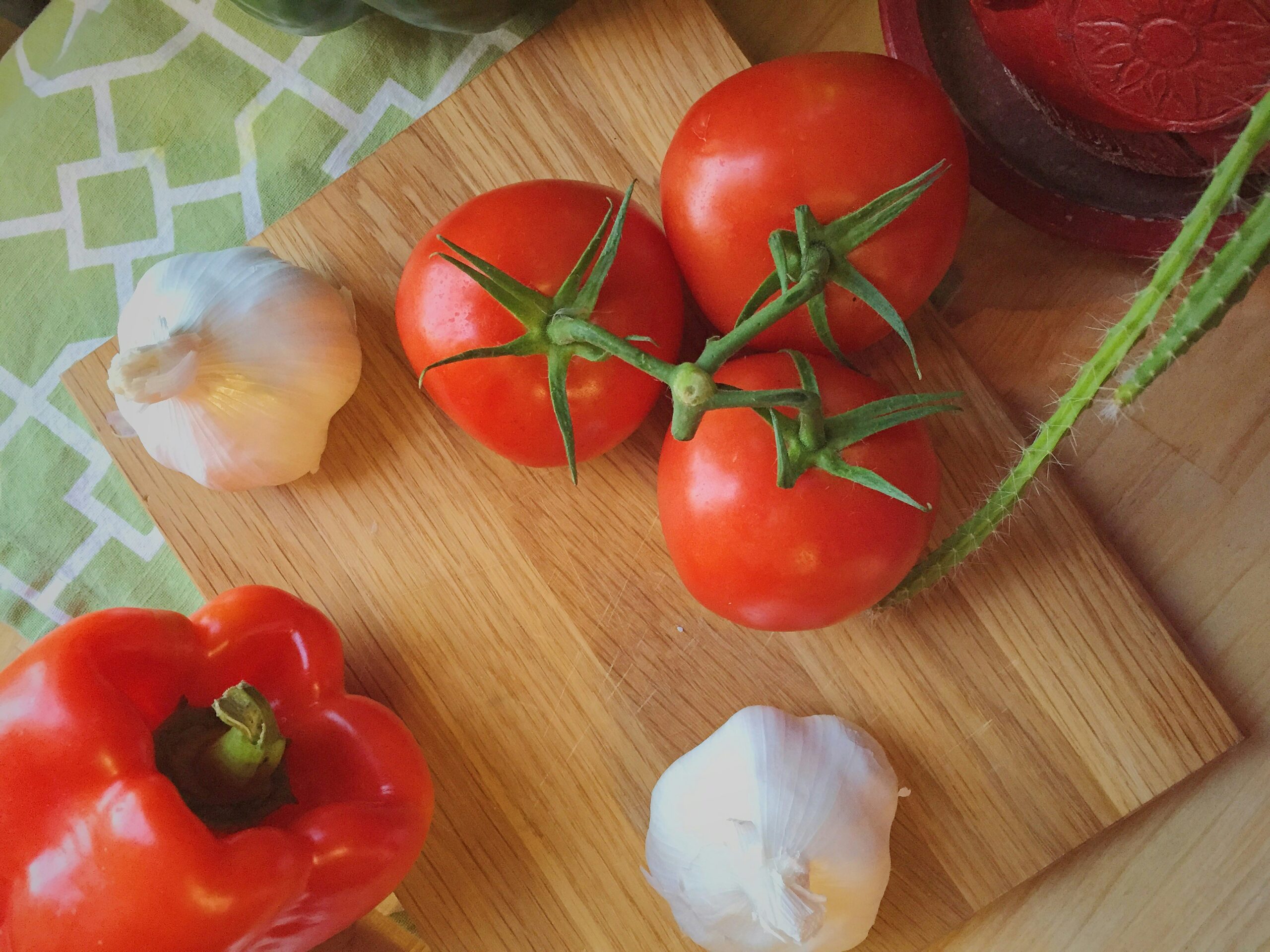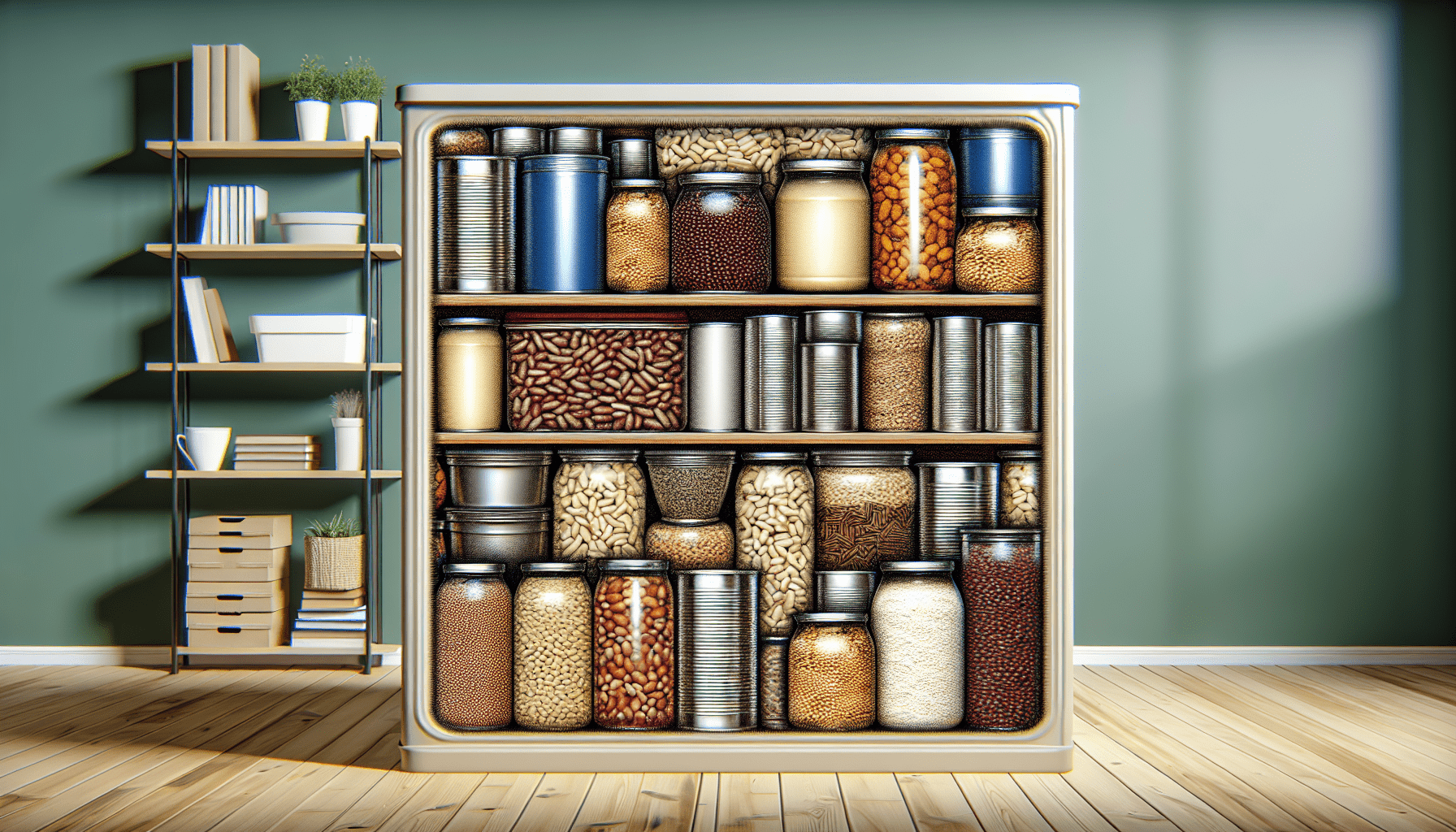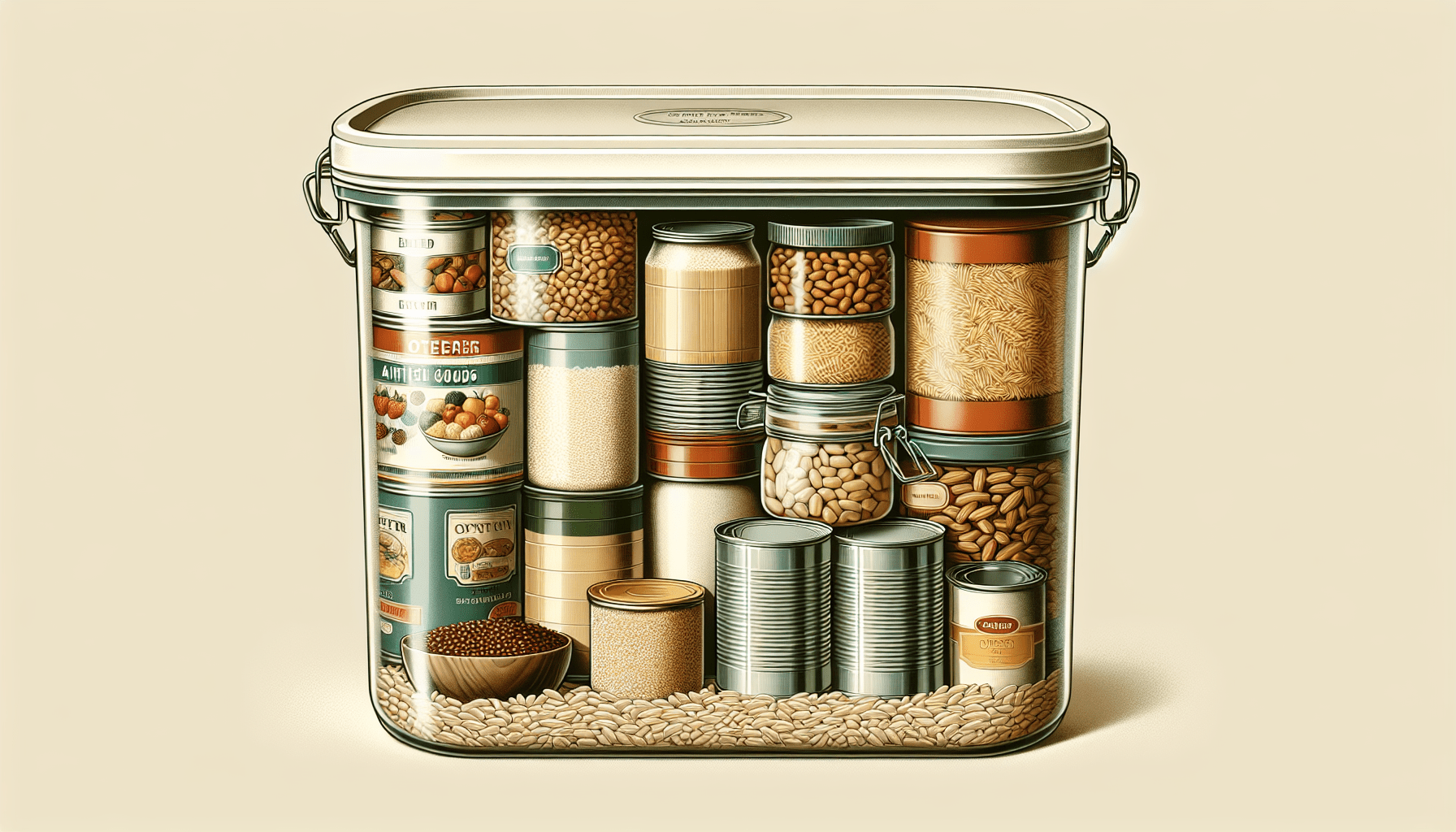Have you ever thought about whether you’re properly storing your emergency food? It’s an important consideration, especially when you’re preparing for unforeseen circumstances like natural disasters, economic uncertainties, or any other events that might disrupt your regular food supply. Ensuring that you store your emergency food correctly not only can save you money but also can keep your family safe and well-fed when the unexpected happens.

Importance of Proper Emergency Food Storage
Ensuring Longevity and Safety
Proper storage of emergency food is not just about maximizing shelf life but also, crucially, about ensuring the safety of the food you and your family will consume. Poor storage can lead to spoilage, contamination, and loss of nutritional value, which could be detrimental in an emergency situation.
Mental Peace and Preparedness
Knowing that you have a well-stocked and properly stored pantry gives you peace of mind. In times of crisis, the last thing you want to be worried about is whether your food is safe or edible. Proper storage can eliminate that concern.
Common Mistakes to Avoid When Storing Emergency Food
1. Not Rotating the Stock
One of the biggest mistakes people make is forgetting to rotate their emergency food stock. Over time, food can go bad, even if stored properly. To avoid this, periodically use the oldest items and replace them with fresh stock.
2. Neglecting Temperature Control
Ideal Storage Temperatures
Temperature dramatically affects the shelf life of stored food. Ideally, your storage area should be cool, dry, and dark. Most experts recommend a temperature between 50°F and 70°F.
| Storage Condition | Ideal Temperature Range |
|---|---|
| Cool | 50°F – 70°F |
| Dry | Minimal humidity |
| Dark | Away from sunlight |
Consequences of Temperature Extremes
Too much heat can cause foods to spoil faster, while freezing can damage the texture and nutritional content of certain foods. Do your best to maintain a consistent temperature and avoid storing food in places like attics or garages, where temperature fluctuations can occur.
3. Poor Packaging Choices
Proper packaging is crucial for protecting your food from air, moisture, and pests. Avoid storing food in original packaging or using inferior materials that could degrade over time.
Recommended Packaging Materials
- Mylar bags: Excellent for blocking light and moisture.
- Food-grade buckets: Great for bulk storage when combined with Mylar bags.
- Vacuum-sealed bags: Ideal for removing air and extending shelf life.
- Glass jars: Perfect for small quantities, especially for dried goods.
4. Ignoring Moisture Control
Moisture can be disastrous for stored food, leading to mold growth and spoilage. Make sure your storage area is dry, and consider using desiccants or silica gel packs to absorb any excess moisture.
5. Failing to Label and Date Items
It can be easy to lose track of what you have stored and when you need to use it by. Always label your food items with the date they were stored and their expiration dates. This simple step can save you from wasting food and scrambling during an emergency.
Label Example
| Item | Date Stored | Expiration Date |
|---|---|---|
| Canned Beans | Jan 2023 | Jan 2026 |
| Rice | Feb 2023 | Feb 2028 |
| Dried Fruit | Mar 2023 | Mar 2024 |
6. Overlooking Pest Control
Pests can wreak havoc on your emergency food supply. Ensure your storage area is pest-proof by sealing any cracks and using proper storage containers. Regularly inspect your food storage area for any signs of pests and take immediate action if you discover an infestation.
7. Not Considering Nutritional Value
In an emergency, you’ll need more than just calories; you’ll need a balanced diet to stay healthy. Avoid storing foods that are high in empty calories and low in nutritional value. Instead, focus on a variety of foods that offer a balance of proteins, fats, and carbohydrates.
Nutritional Balance Example
| Nutrient | Food Source |
|---|---|
| Protein | Canned meat, beans, lentils |
| Carbohydrates | Rice, pasta, grains |
| Fats | Nuts, seeds, cooking oils |
| Vitamins & Minerals | Dried fruits, canned veggies |
8. Relying Solely on Canned Goods
While canned goods are a staple of emergency food storage, don’t put all your eggs in one basket. Diversify your food supply to include dried foods, freeze-dried foods, and ready-to-eat meals.
9. Overlooking Special Dietary Needs
If anyone in your household has special dietary needs—such as gluten intolerance, diabetes, or food allergies—make sure your emergency food supply includes appropriate options. It’s also wise to stock up on any needed supplements or medications.
Special Dietary Provision Example
| Condition | Suitable Food Options |
|---|---|
| Gluten Intolerance | Gluten-free pasta, rice, canned beans |
| Diabetes | Low-glycemic index foods, canned fish |
| Allergies | Verify allergy-free food labeling, non-perishables |
10. Failing to Account for Water Needs
Many emergency foods, especially dried and freeze-dried varieties, require water for preparation. Ensure you have a substantial supply of potable water stored. Consider storing water purification tablets or filters as well, in case you need to source water from less-than-ideal locations.

Effective Storage Practices
Utilizing FIFO (First In, First Out)
Use the First In, First Out method to rotate your stock. This involves placing newly purchased items behind older ones, so you use the oldest items first. This practice helps to ensure that nothing goes to waste and that you always have fresh supplies available.
Creating an Inventory
Maintain an up-to-date inventory of your emergency food stock. This helps you to quickly identify what you have, what’s running low, and what needs to be replaced. It’s a useful tool for managing your food stores efficiently.
Practical Inventory Sheet
| Item | Quantity | Date Stored | Expiration Date | Notes |
|---|---|---|---|---|
| Canned Corn | 10 cans | Jan 2023 | Jan 2026 | Rotate every 6 months |
| Instant Noodles | 20 packs | Feb 2023 | Feb 2024 | Monitor for moisture |
| Almonds | 5 lbs | Mar 2023 | Mar 2024 | Store in vacuum-sealed bags |
Investing in Quality Storage Solutions
While it can be tempting to use whatever you have on hand, investing in high-quality storage solutions can make a significant difference. Proper storage materials ensure that your food stays fresh and safe for as long as possible.
Regular Inspections
Periodically inspect your emergency food storage for signs of spoilage, contamination, and pest infestation. Regular checks mean you can catch and address issues before they become serious problems.

Specialized Storage Tips
Storing Grains and Legumes
Grains and legumes are staples in many emergency food stores due to their long shelf life and nutritional value. Store these in airtight containers with oxygen absorbers to maximize their longevity.
Storing Canned Goods
Canned goods should be kept in a cool, dry place. Avoid stacking them too high to prevent damage to the cans, which can lead to spoilage. Always inspect cans for dents, rust, or leakage before use.
Storing Freeze-Dried Foods
Freeze-dried foods are an excellent option for long-term storage. Keep them in their original packaging until ready to use, and store in a cool, dry, and dark place.
Storing Oils and Fats
Oils and fats can go rancid if not stored properly. Keep them in tightly sealed containers in a cool, dark place. Consider smaller containers to reduce exposure to air.

Building a Balanced Emergency Food Supply
Nutritionally Diversified Food Supply
To maintain health in emergencies, ensure your food supply includes a diverse range of nutrients. Balance your supplies across proteins, carbohydrates, healthy fats, vitamins, and minerals.
Convenient and Easy-to-Prepare Foods
In an emergency, you may not have the luxury of elaborate meal prep. Include quick-cook and no-cook options in your stock to simplify your meal preparation process.
Including Comfort Foods
Don’t underestimate the psychological boost from comfort foods. These can make stressful situations more bearable. Include items like chocolate, coffee, or favorite snacks to your emergency food supply.

Conclusion
Properly storing emergency food is an essential part of preparing for unforeseen circumstances. Avoiding common mistakes like failing to rotate stock, neglecting temperature control, and ignoring moisture and pests can significantly improve the longevity and safety of your emergency food supply. With careful planning and regular maintenance, you can ensure your emergency food remains fresh, nutritious, and ready for use when you need it most.
Remember, preparation is key. By paying attention to these details, you can create a reliable food storage system that gives you peace of mind and ensures the well-being of your household.

